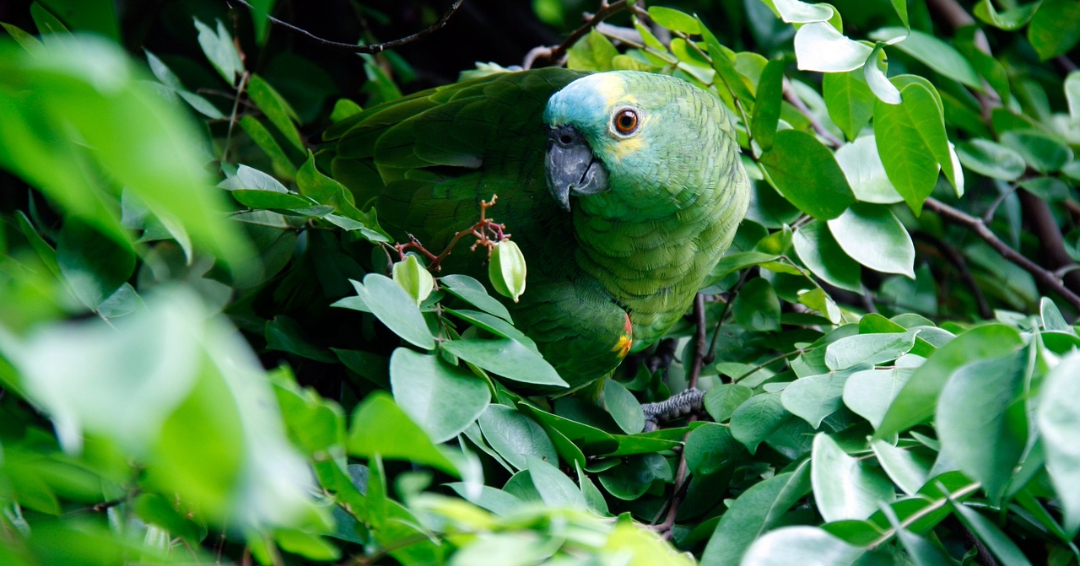The return of the kākāpō, New Zealand's beloved flightless parrot, to its historic mainland habitat after half a century marks a remarkable conservation success story. The kākāpō, often affectionately dubbed "owl parrots" due to their muppet-like faces and quirky behaviors, were once widespread throughout Aotearoa, the Māori name for New Zealand. However, they faced near-extinction due to imported predators, leading to their relocation to predator-free islands, in one of the first attempts to save them. The partnership between the Māori tribe Ngāi Tahu, the Department of Conservation, and the scientific community has been instrumental in saving the kākāpō. Through innovative conservation methods like artificial insemination in order to maintain genetic diversity, and the establishment of vast fenced sanctuaries, the kākāpō population has quadrupled, now numbering 247 across three protected islands. This heartwarming story not only highlights the successful revival of a treasured native species but also showcases the power of collaboration, bridging Western science with Indigenous values. As New Zealand continues its ambitious goal of eradicating predators by 2050 it offers a bright future to these unique, endearing parrots.
Source: National Geographic

